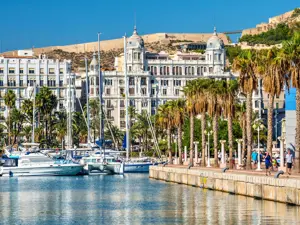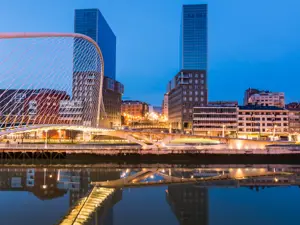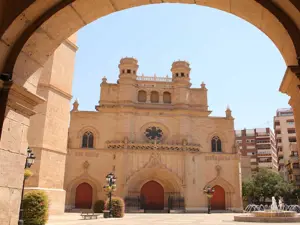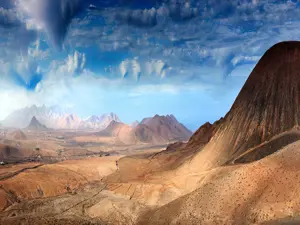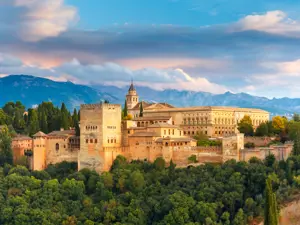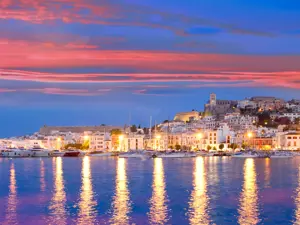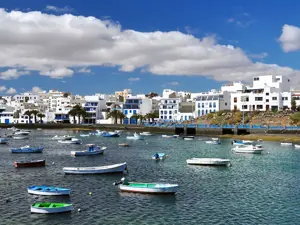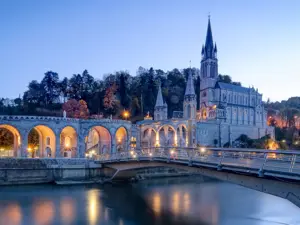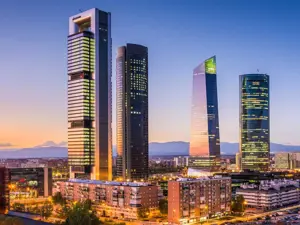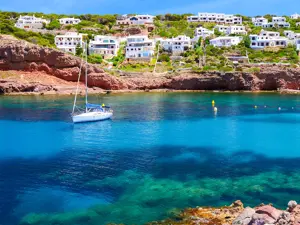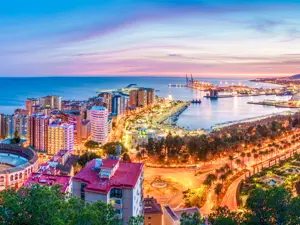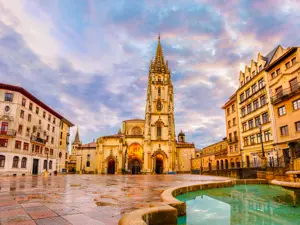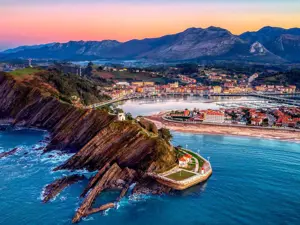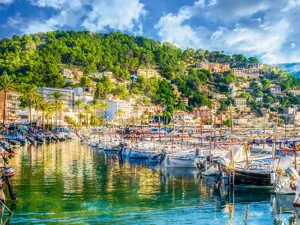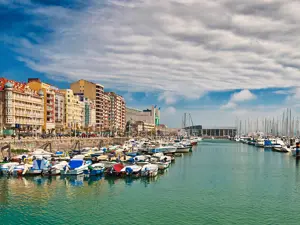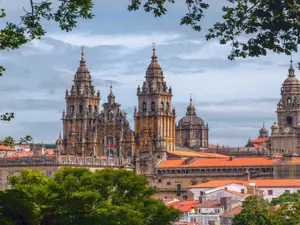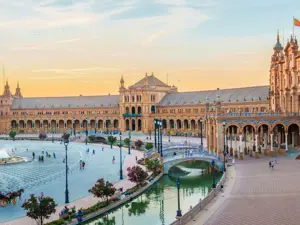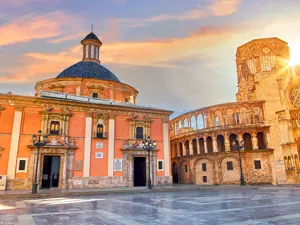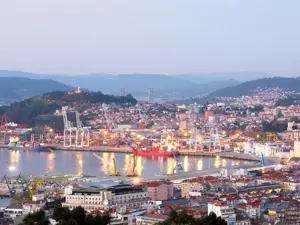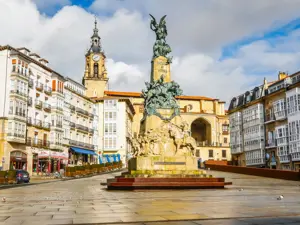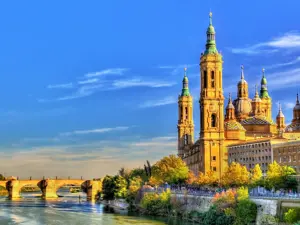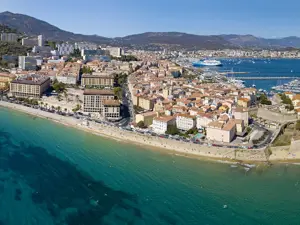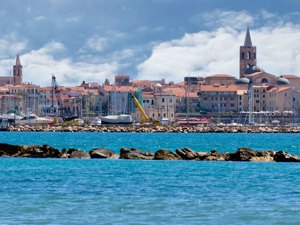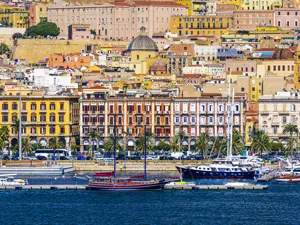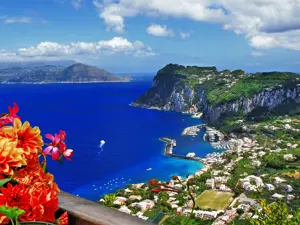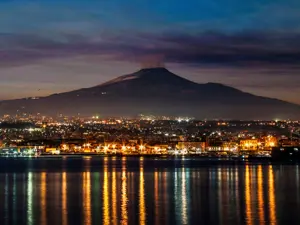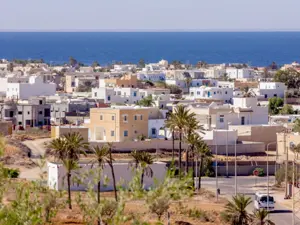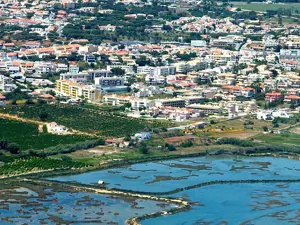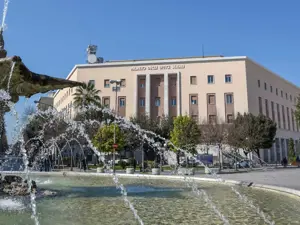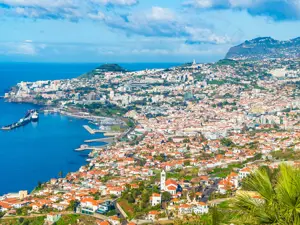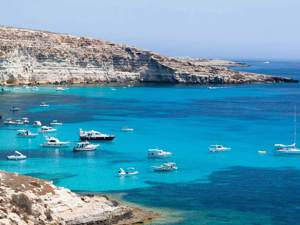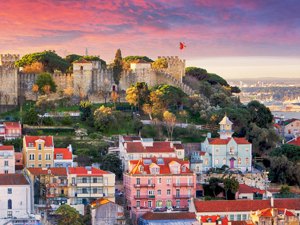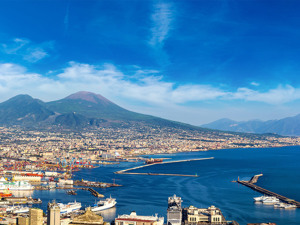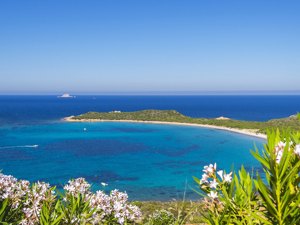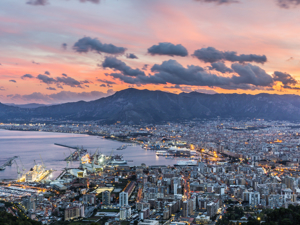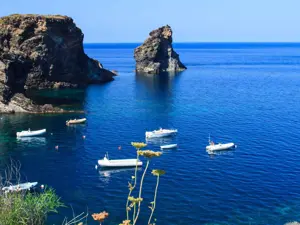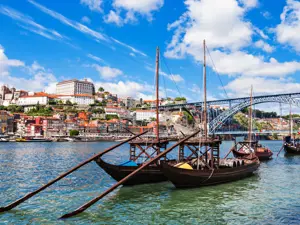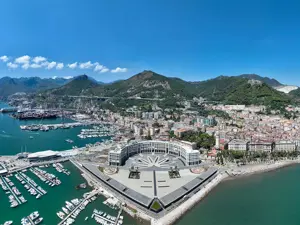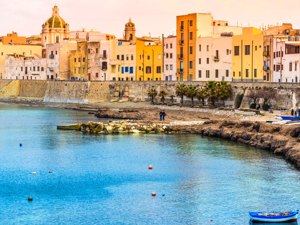A continent in miniature
Gran Canaria is a continent in miniature with a wide variety of very unusual landscapes in the middle of a vastly diverse archipelago. The island has been declared a Biosphere Reserve by UNESCO in order to provide first-hand support to the preservation of the natural treasures that make up this incredible puzzle of very different environments. Half of the area of Gran Canaria is part of this Reserve.
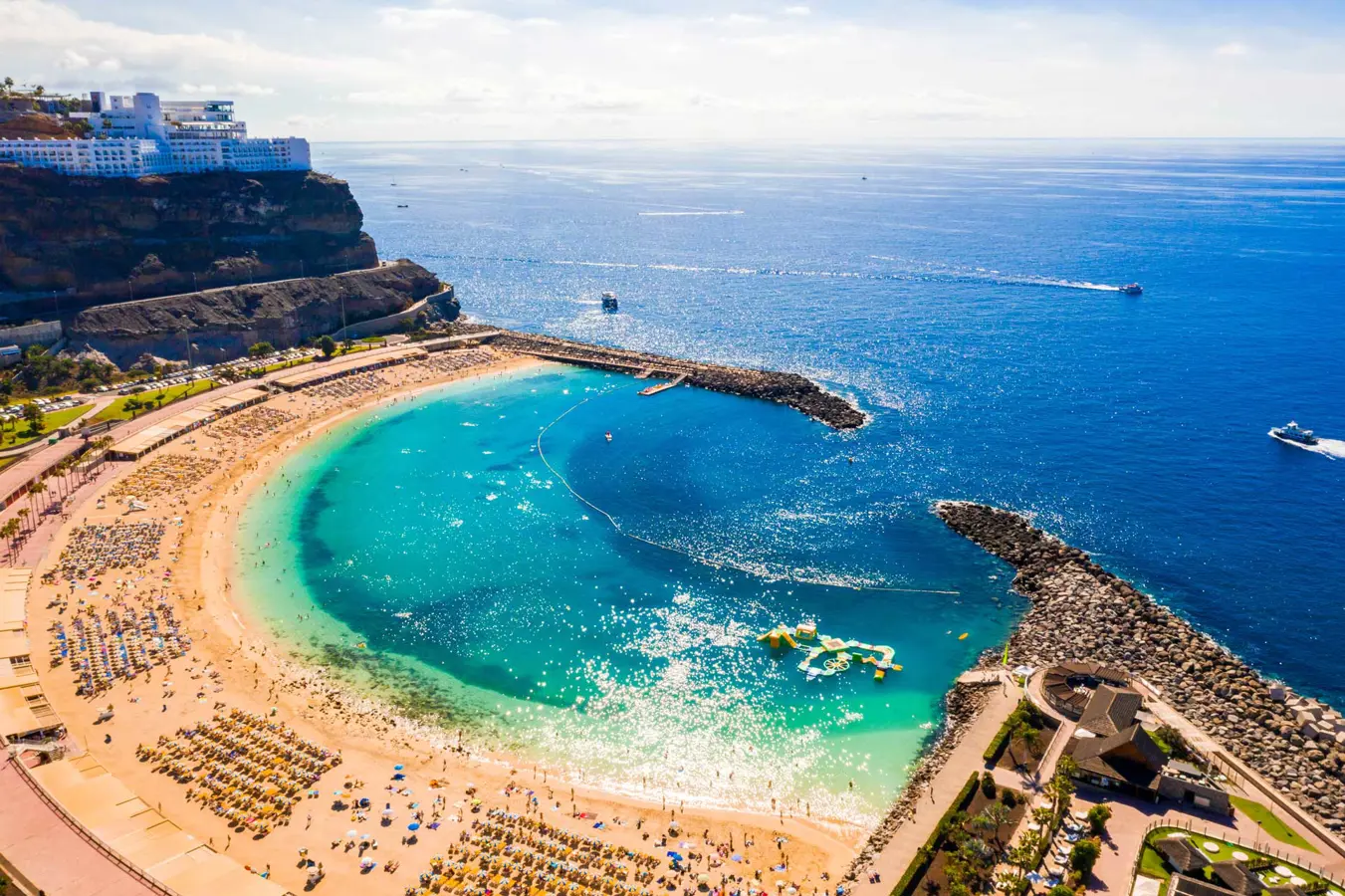
Gran Canaria. Amadores beach. Copyright © Sisterscom.com / Shutterstock
Nature reserve in Gran Canaria
The island is home to a collection of the rare and magical flora of Macaronesia, a name that distinguishes a heritage of tree and flower species that are totally unique in the world. Established in 1952 by the Swede Eric Sventenius, who decided to collect the entire flora of the Canary Islands, this extraordinary treasure trove of plant species is jealously guarded in a botanic garden situated near the Guiniguada ravine.
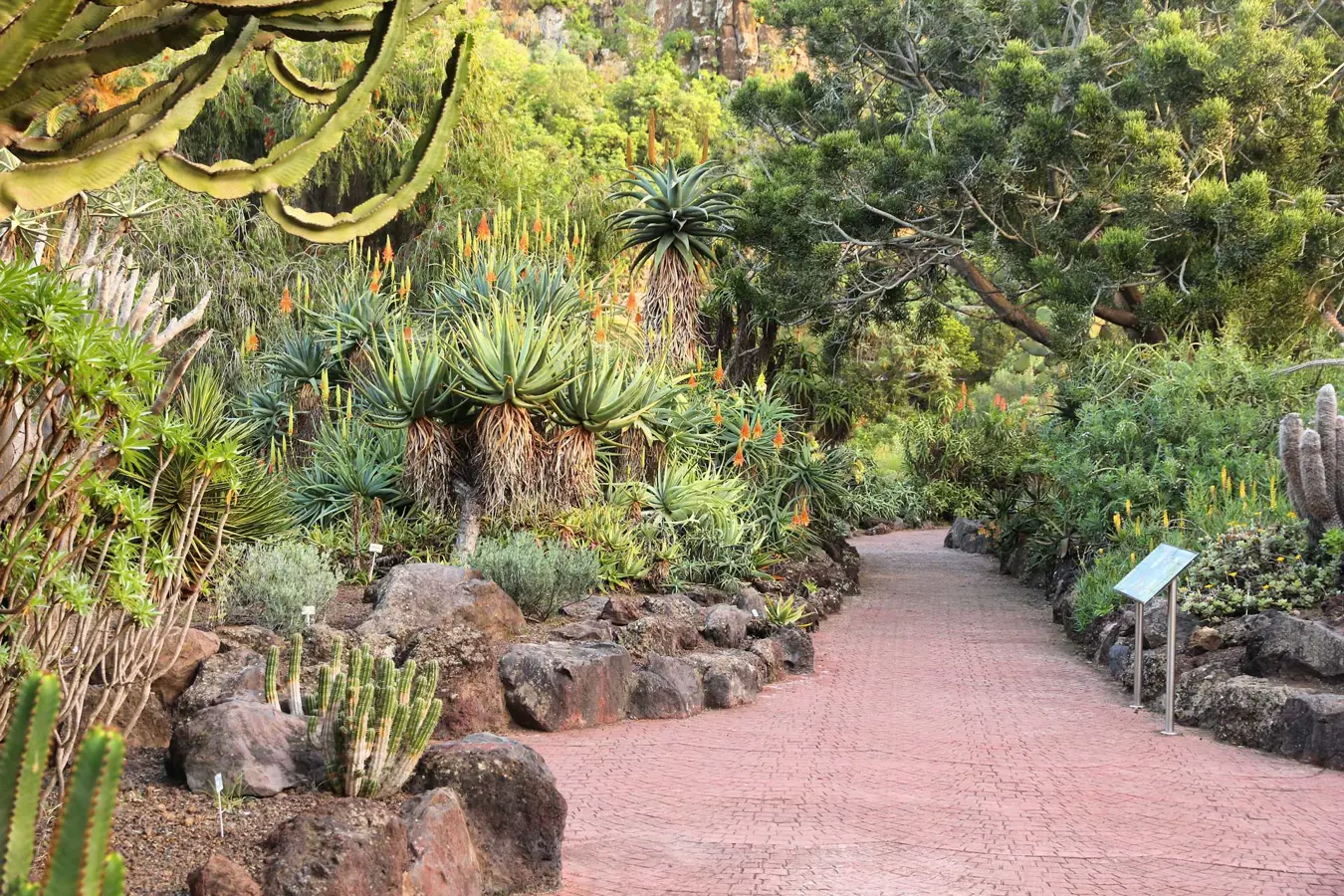
Gran Canaria. Botanical garden. Copyright © Sisterscom.com / Shutterstock
The Caldera de Tejeda
Another unusual feature of Gran Canaria is its special geomorphological configuration. An immense deep crater of volcanic origin, Caldera de Tejeda, dominates the centre of the island, providing a drainage network of rainwater that runs down the ravines towards the coastal areas.
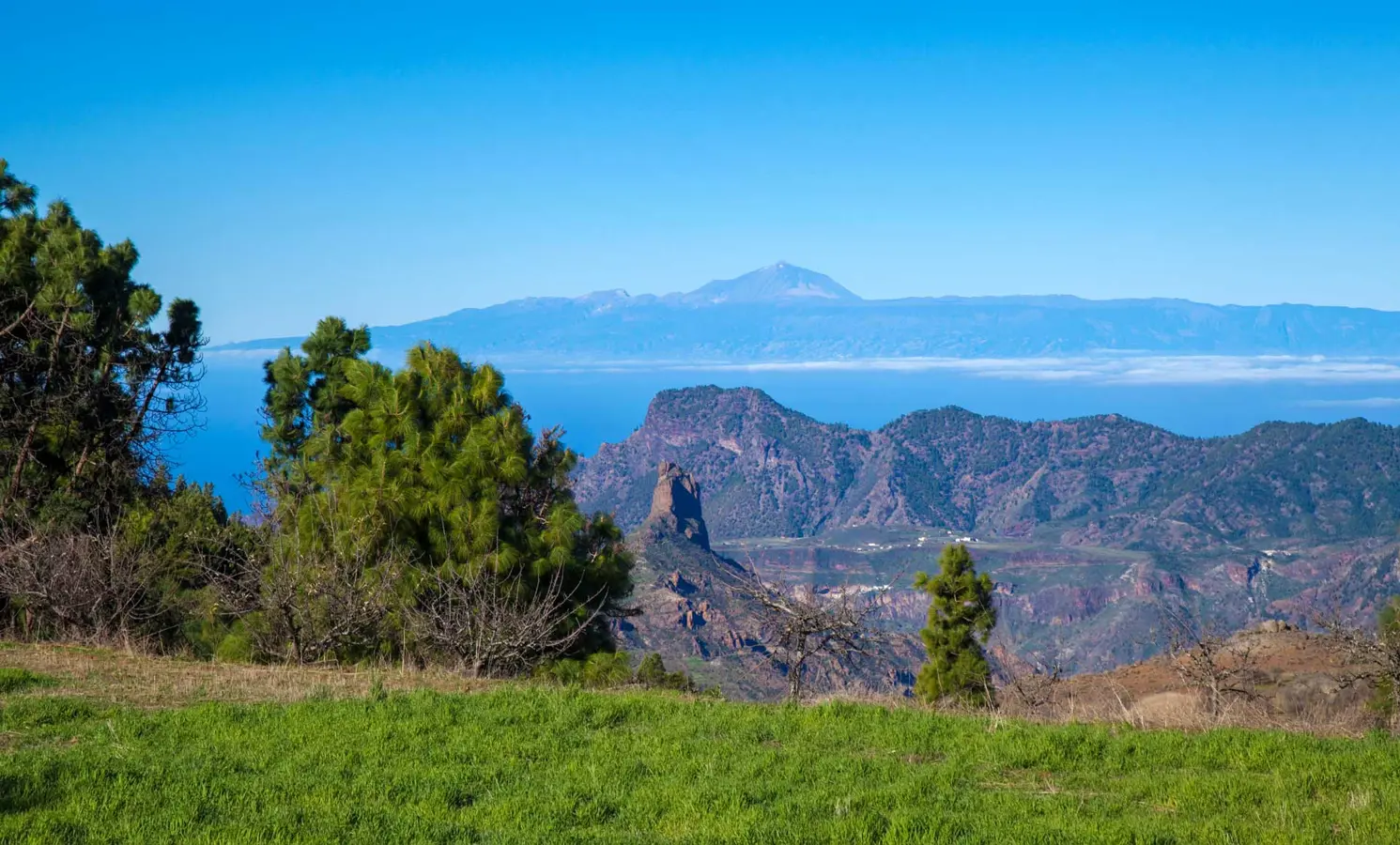
Gran Canaria. Caldera de Tejeda. Copyright © Sisterscom.com / Shutterstock
Large forests of Canarian pine, a tree with characteristics that make it unique in the world, can be found in the south-western area of Gran Canaria, whose natural environment has remained untouched for centuries. The inland areas are extremely interesting and the unique natural landscape can be enjoyed by walking along the “Caminos Reales”, the old farming routes.
The biodiversity of Gran Canaria
Gran Canaria is an island of marked contrasts. Arid environments dominate from the seashore to an altitude of 300 metres; the ravines and valleys are covered in palm trees, tamarisk and willow, and the coastline features underwater deltas, volcanic flows on the sea bed, enormous cliff faces and expanses of sand. All these environments contribute to the island’s rich biodiversity - it is the home to the loggerhead sea turtle, the bottlenose and Risso’s dolphins.
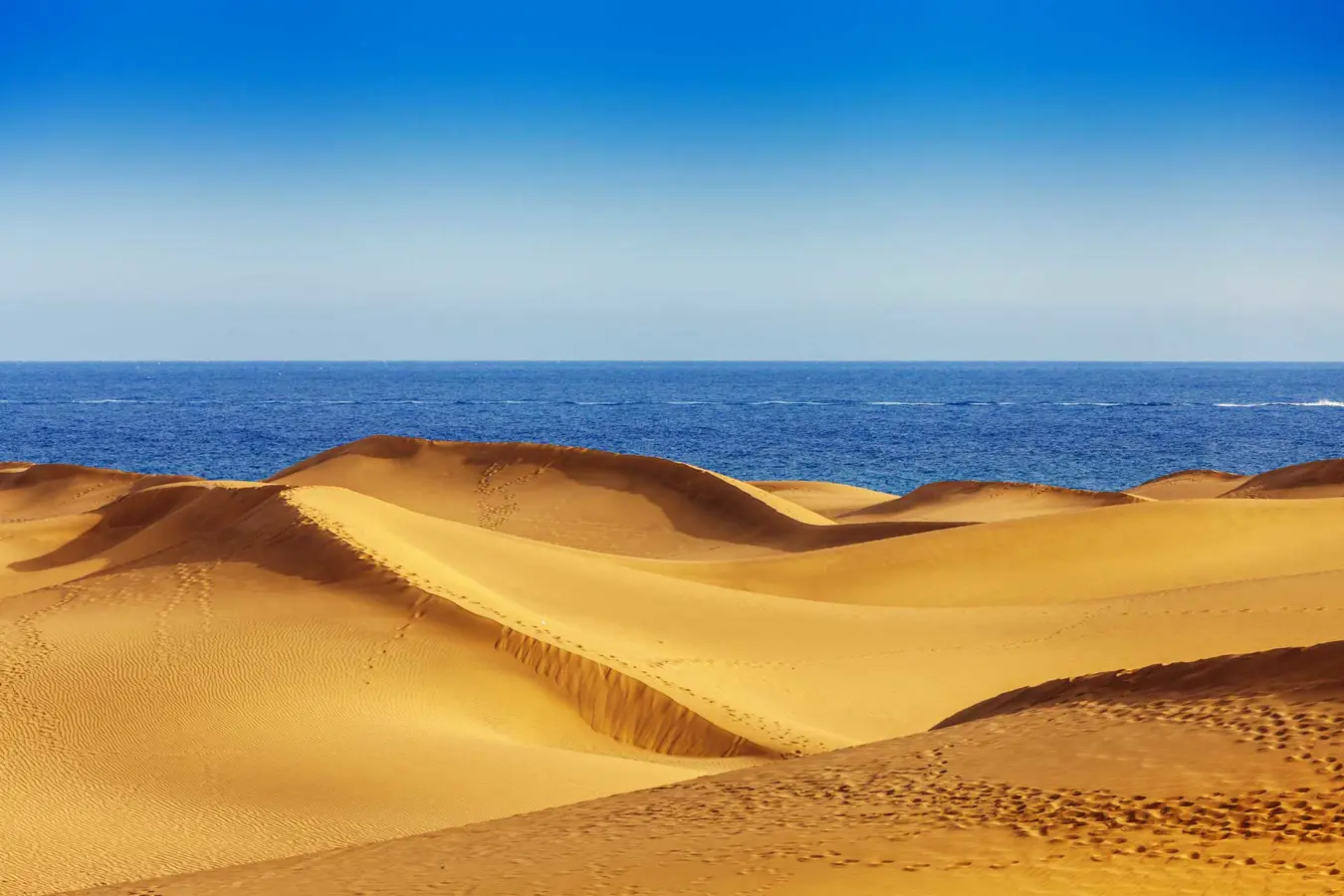
Gran Canaria. Sand dunes of Maspalomas. Copyright © Sisterscom.com / Shutterstock
The beaches in Gran Canaria
A quarter of the 236 km of coastline offers heavenly beaches, continuously warmed by the sun. Some of the best known and popular beaches, such as the strip of golden sand running from Playa del Inglès to the great lighthouse of Maspalomas, skirt a desert of dunes that extend along the south coast of the island. The southern part also offers an infinite number of small beaches that are ideal for families and enjoy an excellent climate almost all year round.
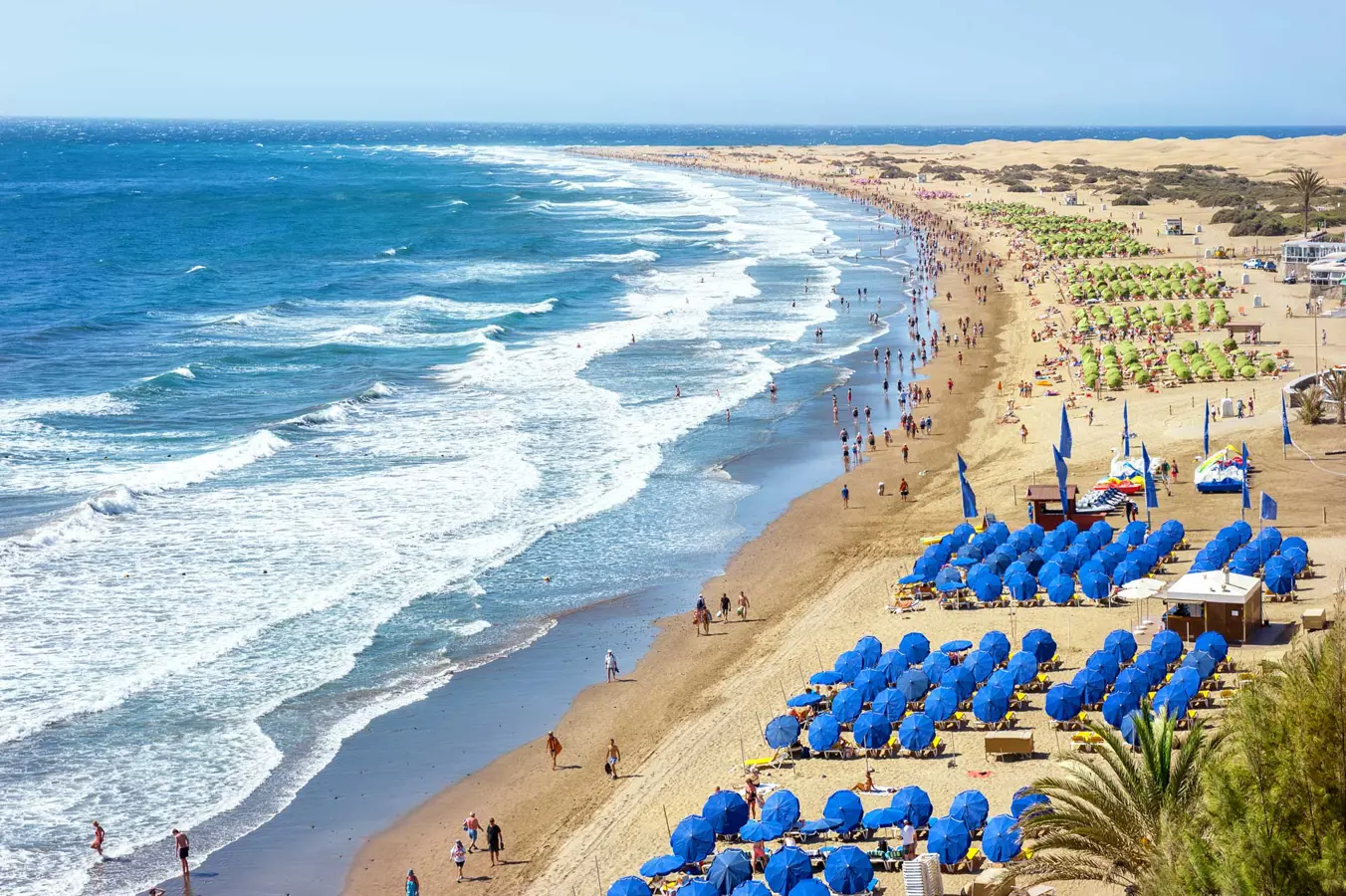
Gran Canaria. Playa del Ingles. Copyright © Sisterscom.com / Shutterstock
The capital, Las Palmas de Gran Canaria, in the north, is particularly proud of its Las Canteras beach, which extends into the heart of the city. This kilometre-long urban beach attracts flocks of people who swim in the water and surf the waves.
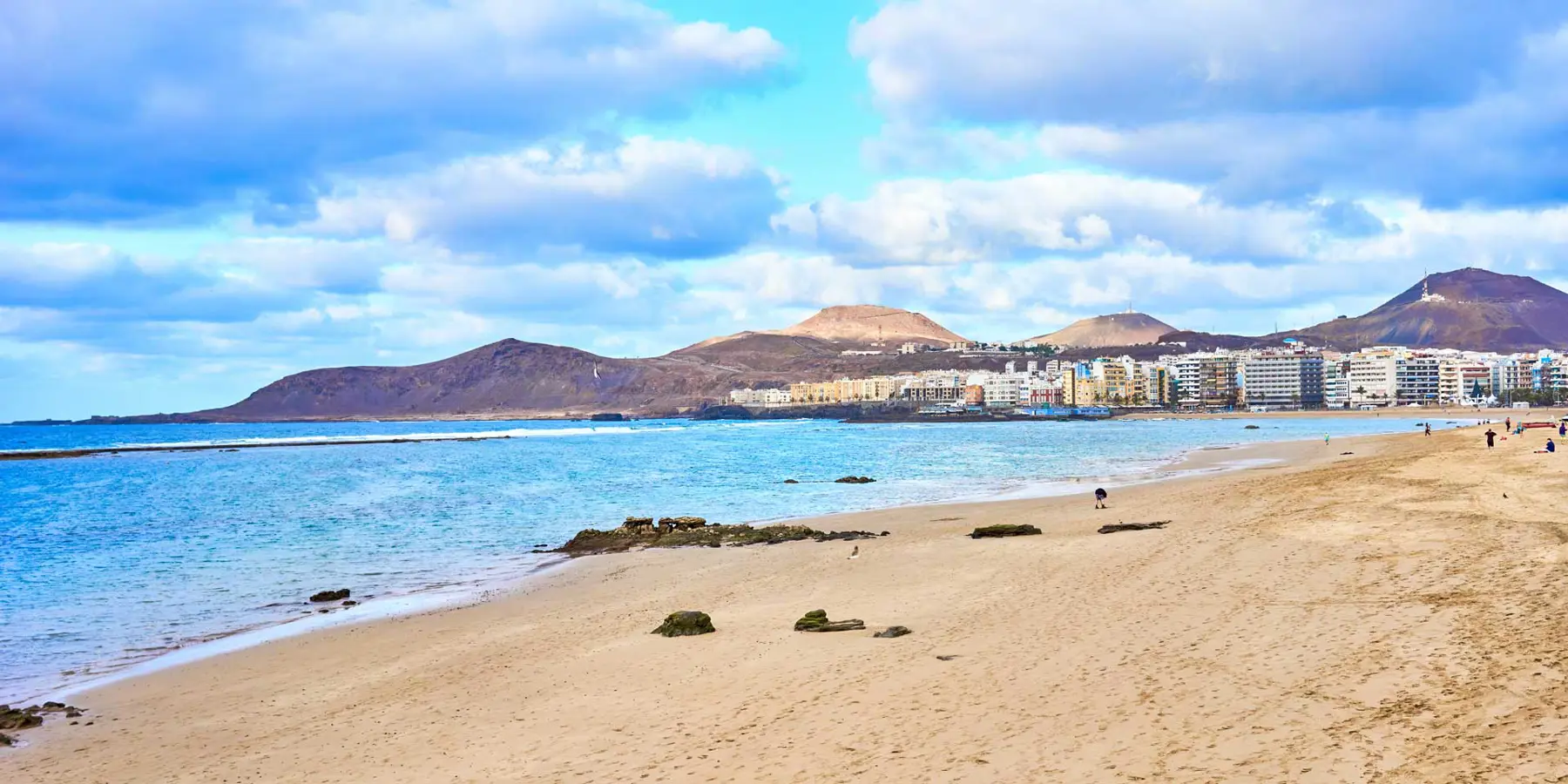
Gran Canaria. Las Canteras beach. Copyright © Sisterscom.com / Shutterstock
Gran Canaria is one of the places with the best climate in Europe. The water temperature (between 18°C in winter and 22°C in the rest of the year) and the excellent sea and wind conditions mean that water sports can be practised all year round.
The water sports in Gran Canaria
There are areas that are perfect for windsurfing and kitesurfing, which make the island a second home for some of the world’s best windsurfers. The island also offers ideal winds for sailing, marine currents that bring large numbers of fish near the coast, and spectacular marine depths.
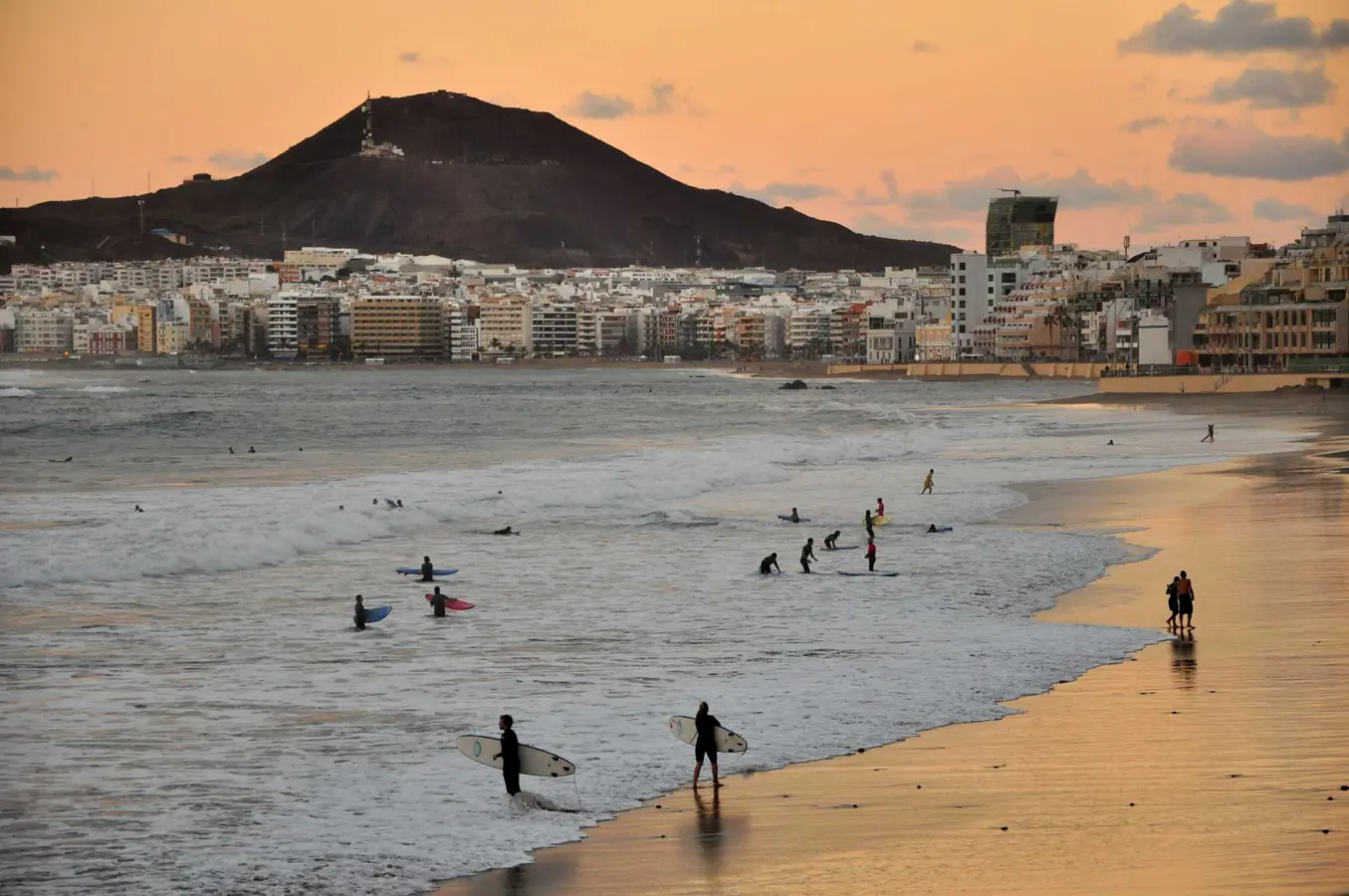
Gran Canaria. Las Palmas. Copyright © Sisterscom.com / Shutterstock
Las Palmas
The capital Las Palmas is filled with historical monuments, including the museum house of Christopher Columbus.
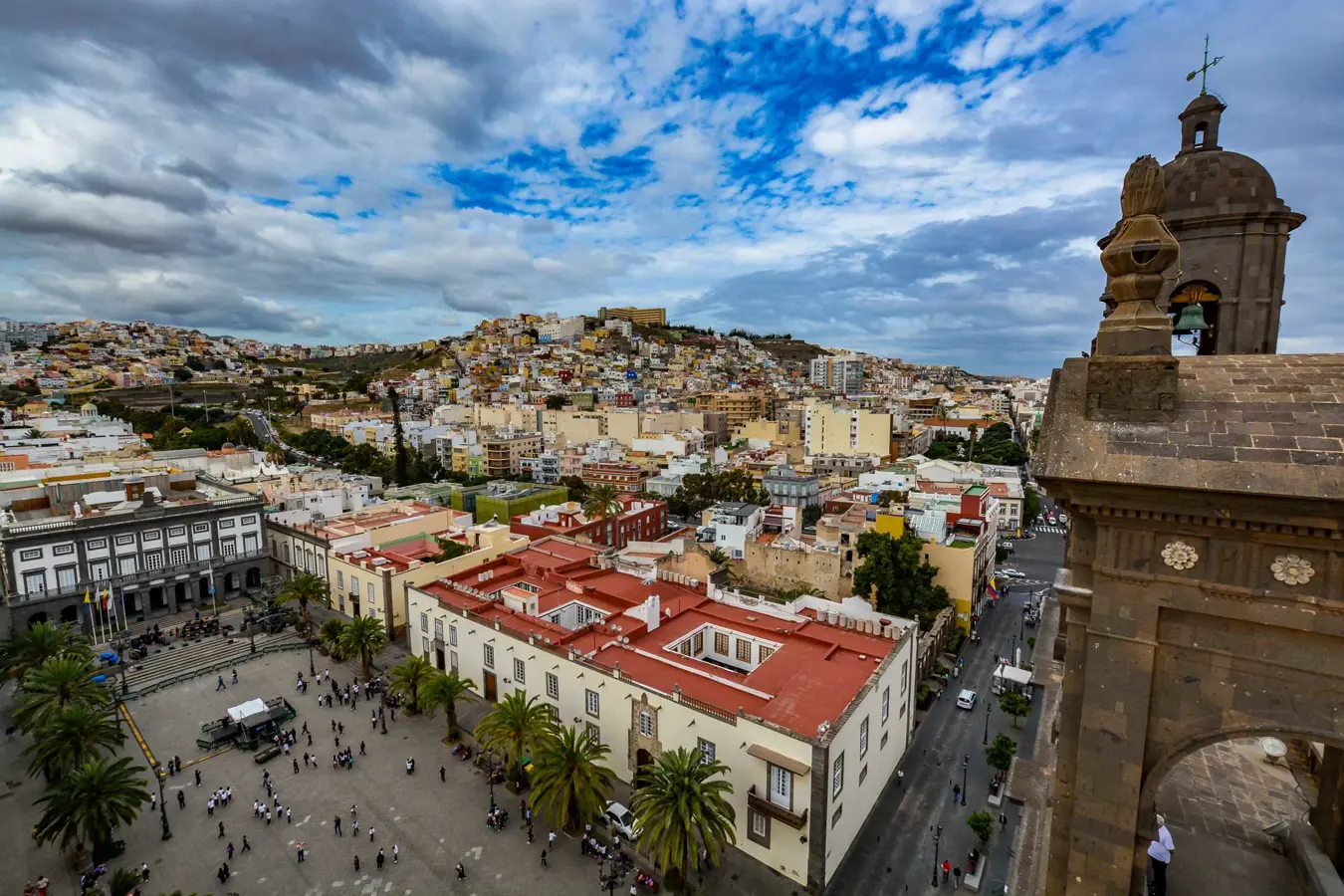
Gran Canaria. View of Las Palmas from St. Ana cathedral. Copyright © Sisterscom.com / Shutterstock
Worth visiting are the Collegiate Church of Santa María la Mayor, one of the most important works of architecture of Aragonese Mudejar-style, and the Cathedral, which comprises three naves and a cross vault, and has a Gothic interior of palm-shaped columns and a Neoclassical exterior.
Text by Eugenio Sorrentino
Updated by Alisè Vitri
Copyright © Sisterscom.com All rights reserved
Tourism Board
www.grancanaria.com
www.spain.info
Partnership with Booking.com
Where to sleep in Gran Canaria
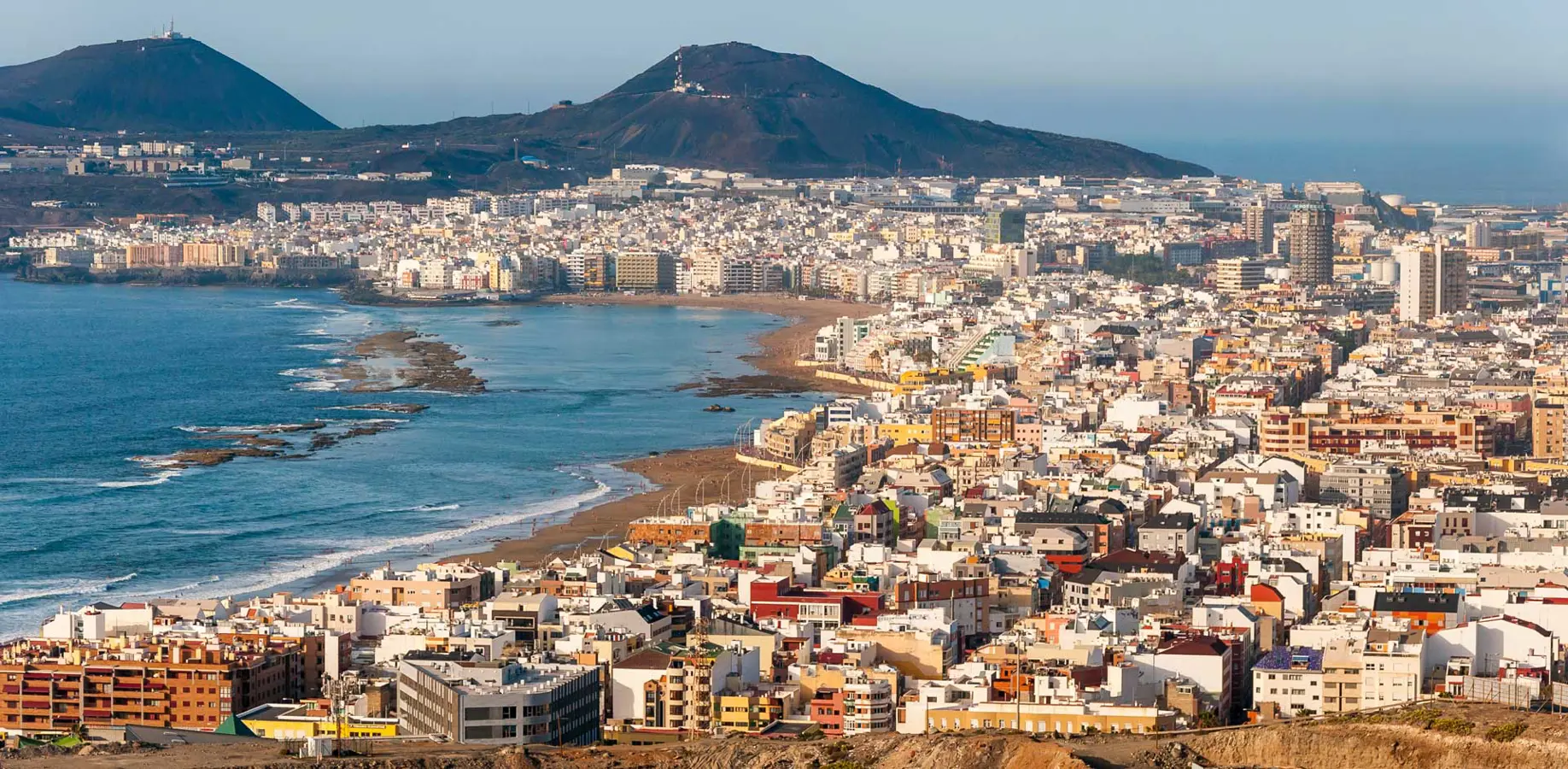
Gran Canaria. Panoramic view of Las Palmas. Copyright © Sisterscom.com / Shutterstock
Gran Canaria is a welcoming island and offers different possibilities for accommodation.
To find the ideal hotel and the best offers you can do a search for the stars but also for cities.
STARS
Las Palmas de Gran Canaria
Hotels for stars and services:
STARS
Hotels in cities of Gran Canaria
STARS
Hotels in cities of Gran Canaria
LANDMARKS
Hotel in tourist areas
GRAN CANARIA
All the Hotels in Gran Canaria
AEROPORTO
Hotel near the airport
WHERE TO GO in gran canaria
Monuments and Museum in Gran Canaria
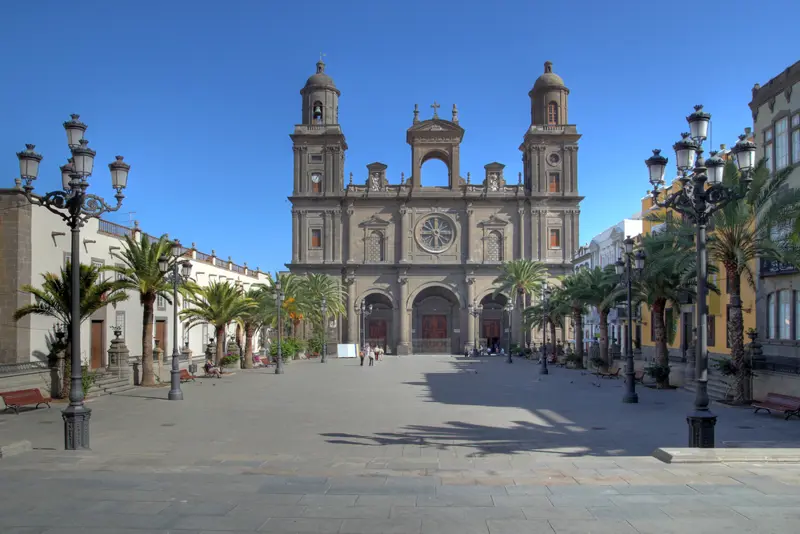
Copyright © Sisterscom.com / Shutterstock
VEGUETA
The popular borough of Vegueta is formed by the most emblematic buildings of the city, as well as the principal museums. The centre of Vegueta is presided by the Santa Ana Cathedral whose construction began in the XVI century and is flanked by the Plaza de Santa Ana with its important historical buildings: the Casas Consistoriales (the Old Town Hall) of Neo-classical style, the Episcopal Palace (identified by a beautiful balcony with lattice windows from the first third of the XVII century), the Casa Regental (one of the few examples of Renaissance buildings in the city) and the Historic Provincial Archives. Behind the Cathedral is the Plaza del Pilar Nuevo.
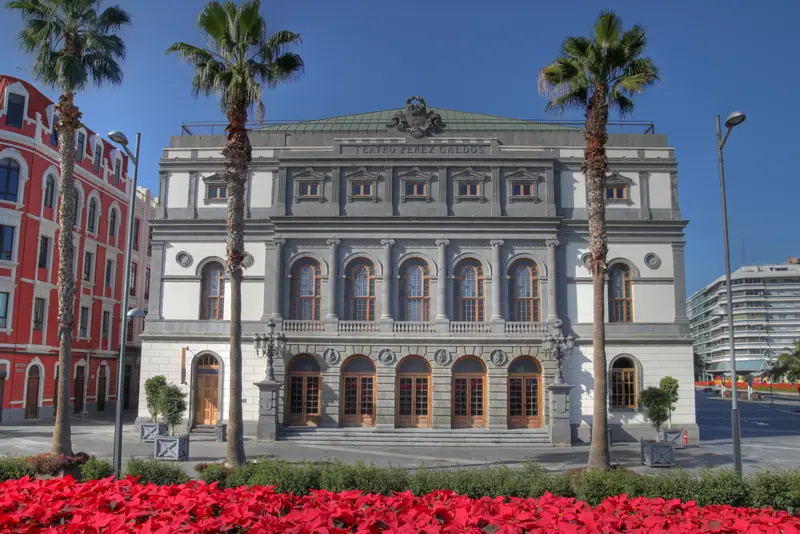
Copyright © Sisterscom.com / Shutterstock
TRIANA
In the borough of Triana the main attraction is the commercial Triana Street, where one can find a number of buildings of great historic and artistic value. One of the emblematic buildings of this borough is the Pérez Galdós Theatre, of italian inspiration. The Quegles Building, from 1900, is itself considered one of the most emblematic architectural elements of Las Palmas de Gran Canaria, and is situated in the well known Pérez Galdós Street. In the San Telmo Park you will discover the hermitage of San Telmo, a kiosk of modernist design. In the centre of the city we find Doramas Park where its gardens contain autochthonous flower examples.
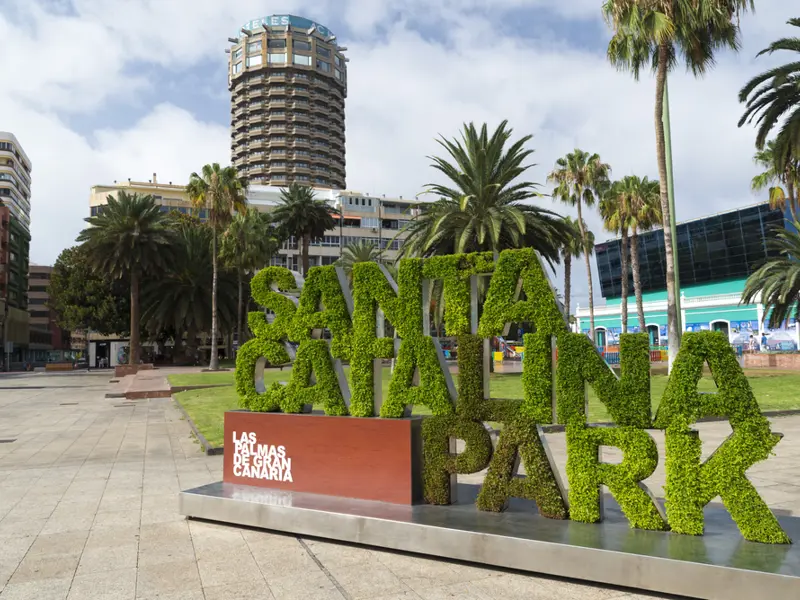
Copyright © Sisterscom.com / villorejo / Shutterstock
ISLETA
In the district of La Isleta there is one of the most popular parks of the city: Santa Catalina. Here annual events such as the Las Palmas de Gran Canaria Carnival and International Music Festivals take place. In the park is located the Science Museum, in the Elder Building and the Miller Building, where cultural activities regularly take place. To enjoy the beautiful landscape of the municipality, the visitor might want to travel to the residential area of Tafira, where it is possible to admire examples of Canarian architecture.
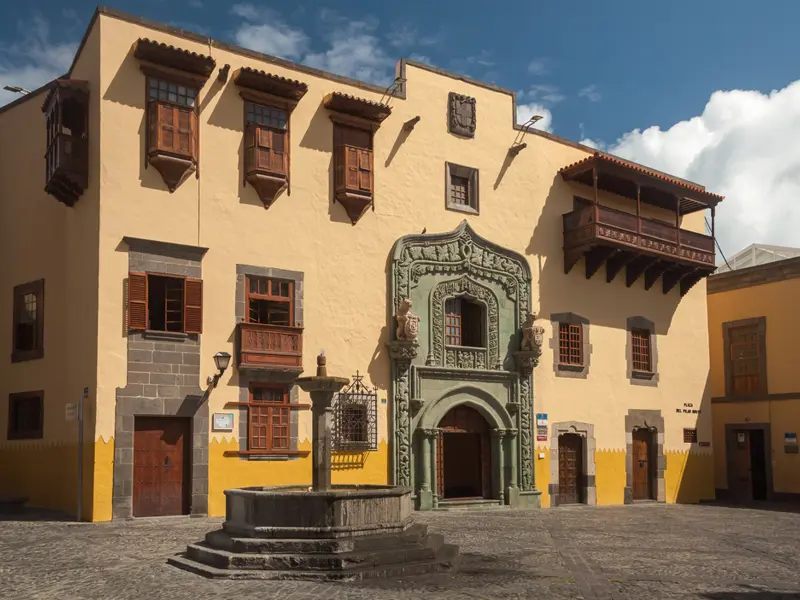
Copyright © Sisterscom.com / Shutterstock
COLUMBUS HOUSE
The Columbus House is an architectural complex, including what was originally the Island Governors’ House, now over five hundred years old. The rooms of the museum are mainly devoted to the New World and the role played by the Canary Islands in its Discovery of America. Paintings from the fifteenth and sixteenth centuries hang on the walls, along with works on loan from the Prado Art Gallery in Madrid. Columbus House also puts on seminars, conferences and courses, while also awarding prizes for research.
CUEVA PINTADA MUSEUM AND ARCHAEOLOGICAL PARK
The Cueva Pintada Museum and Archaeological Park aims to ensure the preservation, research and promotion of one of the most unique deposits on the island of Gran Canaria. The presentation exhibited a selection of the archaeological materials recovering from different excavations and also shows the history and evolution of the settlement, from the origin and destruction and from the beggining of the investigation works. At the end of the projection the public is invited to visit the pre-hispanic village of Agaldar.
CANARIAN MUSEUM
The archeological collection is made up of material remains belonging to the prehistoric and historic population of Gran Canaria and includes some items from other islands of the Canarian Archipelago. The origin of this collection dates from 1879, when the Canarian Museum was founded, and it is still growing thanks to the items left to the Museum on deposit by private individuals and by the public institutions. The collection comprises an innumerable quantity of objects, which make it the largest archeological collection in the archipelago.
Excursions in Gran Canaria
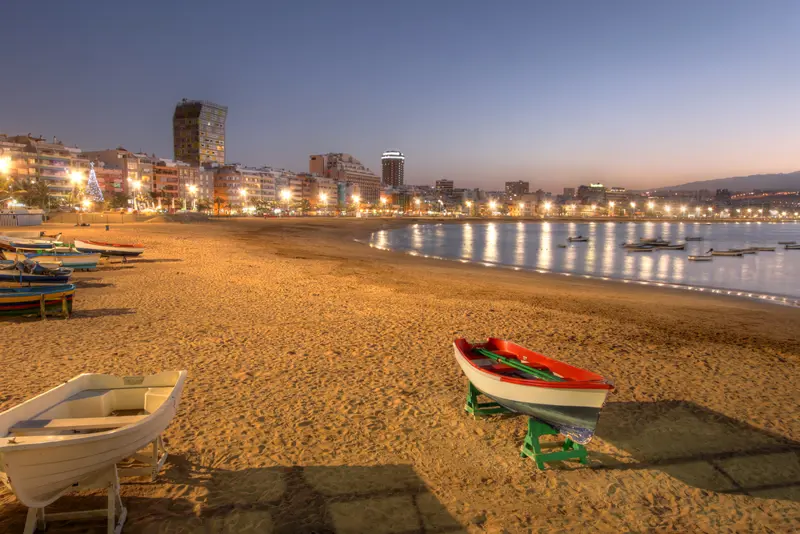
Copyright © Sisterscom.com / Shutterstock
LAS CANTERAS BEACH
In Las Palmas de Gran Canaria, one must highlight one of the greatest city beaches with atmosphere of all the Spanish capitals: Las Canteras, with three kilometres of golden sand bordered by an attractive beach walk from where bars, pubs, discotheques, terraces, ice-cream parlours, kiosks and so on, branch out. From 1989 the blue flag, a distinction conceded by the European Union, has been waving over the beach.
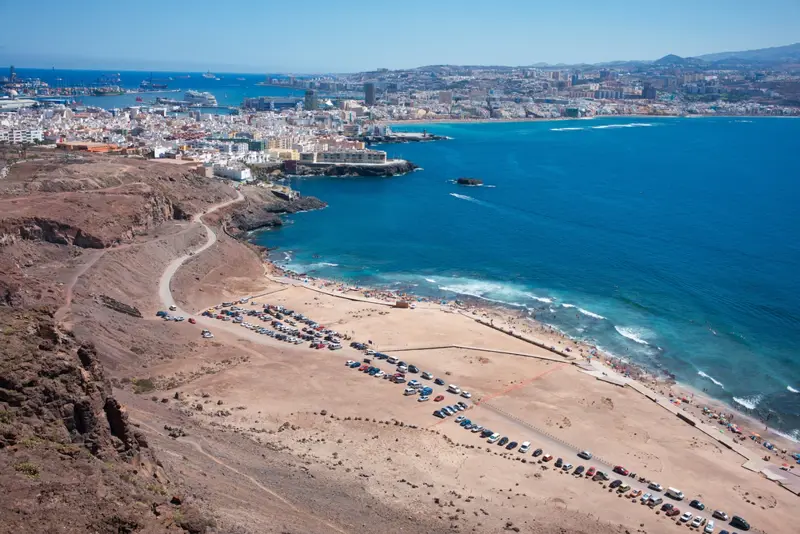
Copyright © Sisterscom.com / Shutterstock
EL CONFITAL BEACH
To one side, the Confital Beach opens up at the foot of the mountains as a prolongation to the sea. On its shore surges the best right hand wave in Europe for the practise of surfing. At the other extreme of the beach, in La Ciccer, is located the Alfredo Kraus Auditorium, stage of the island’s most important musical concerts, festivals of international prestige, as well as international congresses.
Partnership with GetYourGuide
Discover all Tours
News & Useful info
You might be interested in
Other destinations
Airports nearby Gran Canaria





